The 13 Best Education Articles From March: Google’s Push for Digital Literacy, Texas Students Win With TFA Teachers, Alexandria Ocasio-Cortez’s Testing Revelations & More
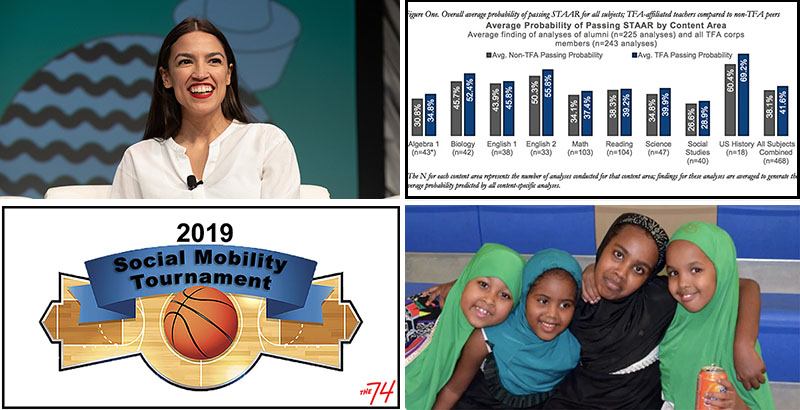
Every month, we round up our most popular and buzzed-about articles from the past four weeks. (Go deeper: See our top highlights from January, 2018 and beyond right here)
From the explosive college admissions bribery scandal that broke on March 12 to an interview with the mastermind behind Google’s “Applied Digital Skills” initiative and our redrawing of the NCAA basketball tournament bracket to celebrate the colleges doing the best job in moving low-income students up the economic ladder, it’s been a busy month for The 74 newsroom (You can always get our top news and analysis delivered straight to your inbox by signing up for The 74 Newsletter.)
Here are the most read, shared and buzzed-about articles from March:
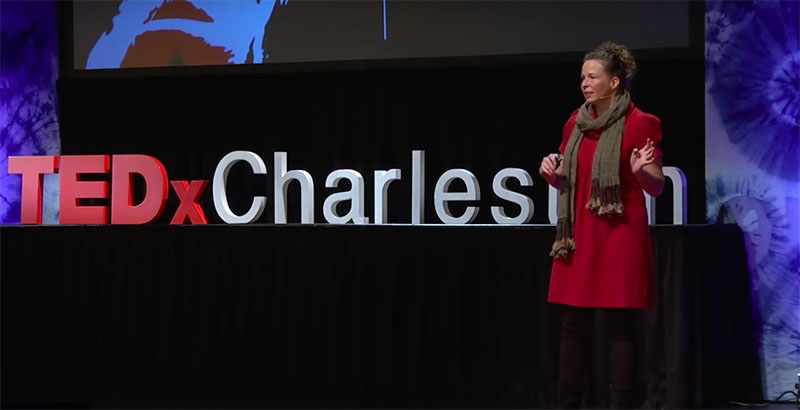
Innovation: JamieSue Goodman, “a self-taught technologist and daughter of a fourth-grade teacher … had a yen to give other people the kind of education that had taken her far beyond her small-town roots. ‘I wanted to teach students about digital skills through applying those skills to building awesome things,’” she explains to 74 contributor Harry McCracken. Given that Goodman works at Google, that yen could be met in a big way. She and her team developed Applied Digital Skills, an ambitious program at the tech giant to provide educators with a rich set of free, video-based instructional resources. The program includes more than 90 hours of video, as well as supplemental materials such as instructor guides and a dashboard that lets teachers monitor each student’s progress. Projects range from 45 minutes to 10 hours in completion time. Since it launched, 360,000 students — both K-12 and adult learners — have used the materials, and 50,000 teachers have registered. Goodman says she is continually inspired by the inventive ways classroom teachers use the material, and teachers, like Indiana’s Amanda Alford, appreciate that “JamieSue and the crew definitely listen to what people are asking for.” (Read the full profile)
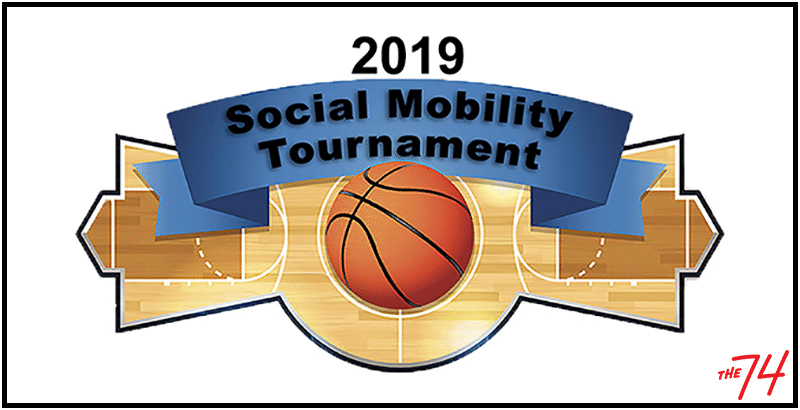
Income Gaps: For the third consecutive year, contributor Jorge Klor de Alva has created a bracket — exclusively for The 74 — paralleling the one for the NCAA’s March Madness tournament, but based on how well each college promotes its students’ upward income mobility, rather than its basketball prowess. For the 2019 edition, there’s a twist: Given the focus on post-college earnings and student loan debt, he’s calculating the percentage of low-income students — those who originated in the bottom 40 percent — who reached earnings in the upper 40 percent of household income by their early 30s. So who are the big winners? In this bracket, Villanova, Iona, Michigan & VA Tech make the Final Four. No. 1 seed Duke? The point total doesn’t look so good. (See the full bracket and analysis)
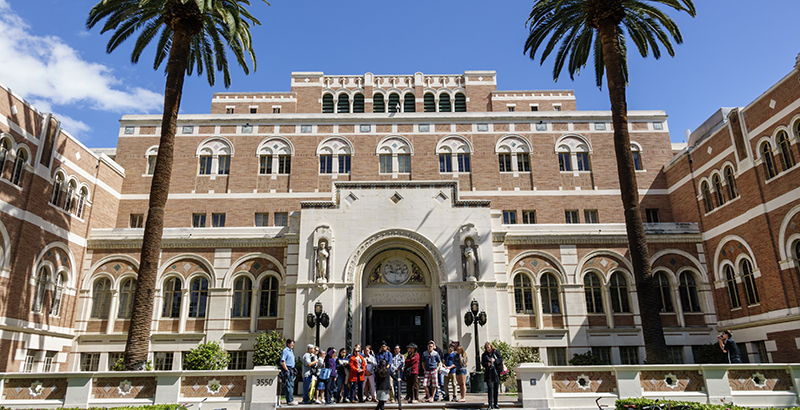
The Cost of Admission: Meritocracy is a cornerstone of the American ideological edifice. Or at least it was, until Operation Varsity Blues, the sting that outed a long-running pay-to-play scam at some of the country’s most well-known colleges and universities. The details have quickly become the stuff of Twitter trends, and certainly, writes contributor Derrell Bradford, part of the current anti-privilege mood is implicated in all this. But it brings up the question: If this behavior is so reprehensible at the college level, why is it completely acceptable in K-12 education across the country, where the “best” education in America is always purchased — occasionally with tuition, but more often with a mortgage? “Paying off a college official is bad, but gaining school access through America’s skewed housing market is OK?” he asks. “Now is the perfect time for the righteous defenders of the House-to-Schooling Pipeline, aghast at how money and privilege manipulate the world of higher education, to take a very, very long look in the mirror.” (Read the full essay)

Exclusive: The promise that charter school founders made to struggling parents many years ago was: Send us your kids and we will get them to and through college. The ability of the high-performing networks to make good on that assurance was first reported by Richard Whitmire in his 2017 series The Alumni. Now, on the eve of The 74 publishing his new book, The B.A. Breakthrough, Richard offers a fresh look at those results. Low-income students graduating from the major charter networks are earning bachelor’s degrees at rates up to four times as high as the distressing 11 percent expected for that student population. In some instances, the numbers are higher still, and a few networks, such as Uncommon, are closing in on the college completion rates seen among affluent students. The college success strategies of these high-performing networks — and the chance that they might spread to traditional school districts — is one reason Whitmire believes we are on the verge of a B.A. breakthrough. The book will be available for purchase in April. Perhaps the most eye-opening stats from this latest analysis come from KIPP, which tracks its students more extensively than any other charter network. KIPP reports college graduation rates for all alumni who completed eighth grade at a network school, even if they went to high school somewhere else. As of fall 2017, KIPP’s national college completion rate within six years is 36 percent for all alumni who completed eighth grade at a KIPP school — and 45 percent for those who graduated from a KIPP high school. (Read the full findings)
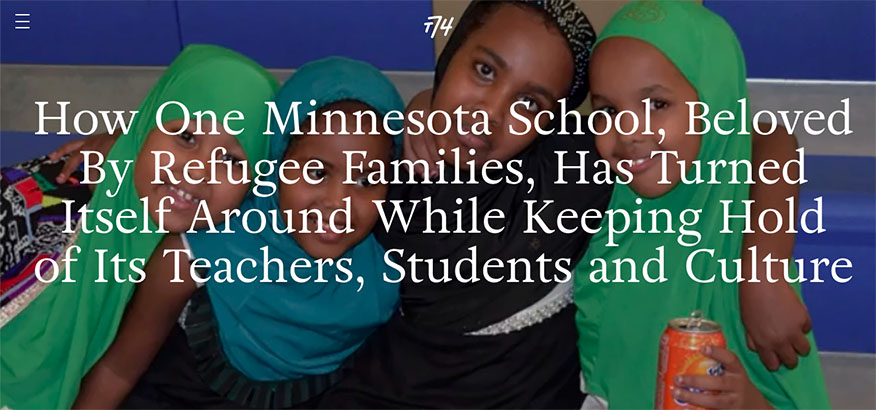
Profile: What do you do about a school that’s adored by its families but failing academically? Do you start fresh and risk upending the community that made the school beloved in the first place? At Dugsi Academy in St. Paul, Minnesota, the answer was a resounding no. A haven for Somali immigrant families, the charter school was required by its authorizer to turn itself around or shut down — and today, nearly two years in to what school turnaround veteran Mary Stafford calls “Extreme Makeover: The School Edition,” her plan for keeping the elements Dugsi’s families valued while changing what wasn’t working is showing signs of promise. (Read the full school profile)
Social-Emotional Learning: Schools want to teach social-emotional learning. But how do they know how well they’re doing it? A group of districts in California has been tackling this issue for a few years, thanks to a data analysis partnership. Students take social-emotional learning surveys that help show how well they’re learning things like growth mindset, self-efficacy, self-management and social awareness. This information is tracked in a dashboard, and schools can see not just how well their own students are doing, but how well they’re doing compared with kids in other schools, and other subgroups. The data analysis can also show if students are on track for college and career readiness. (Read the full feature)
Schools in Impoverished, Isolated Brownsville, Texas, Are Thriving: Here’s Why
Texas: Brownsville frequently ranks among the poorest cities in the United States. In 2013 and 2016, it took the No. 1 spot, according to Census Bureau data. “Such widespread poverty is an unfathomable scenario for many districts in Texas,” 74 contributor Bekah McNeel writes, “and yet Brownsville ISD continues to outperform even some of its wealthier peers, earning accolades and recognition across the state and country.” McNeel explains the combination of factors behind that success, including strong, autonomous principals, a serious focus on student data, embracing every bit of innovative and possible funding and — despite its poverty — deep support from a stable community. The result has been four years of continuous improvement, enough of a track record that the reforms could stick even though the school board just parted ways with its superintendent. (Read the full story)
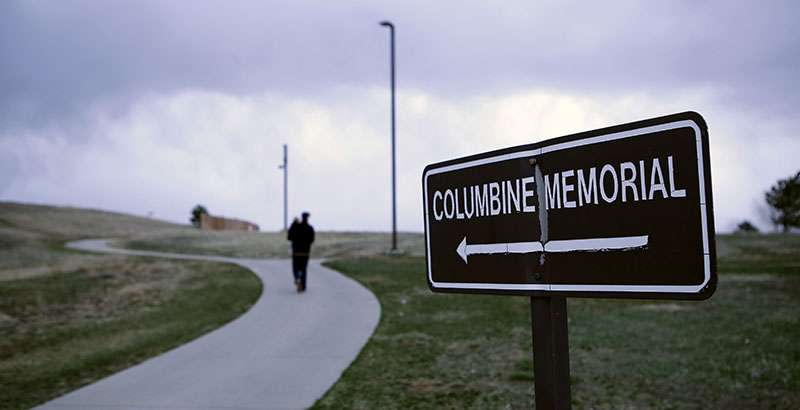
Trauma: Over the course of about a week earlier this month, three people with ties to mass school shootings died by apparent suicide, bringing to the forefront conversations about the long-term trauma of people who suffer losses from violence. Among those believed to have taken their own lives are a current student and a recent graduate of Marjory Stoneman Douglas High School in Parkland, Florida, and the father of a child killed in the mass shooting at Sandy Hook Elementary School in Newtown, Connecticut. With the 20-year anniversary of the Columbine High School shooting approaching, The 74 met with survivors and families who lost loved ones in the 1999 tragedy in suburban Denver. The families shared details of their own mental health challenges after the shooting — and the strategies they’ve used to cope with significant, ongoing grief. (Read the full story)
EDlection2020: Standardized tests — especially when the results are linked to accountability — are among the heaviest pieces of political baggage to carry. And yet, the nation’s most prominent civil rights organizations have long insisted on the value of these assessments. Why? Rep. Alexandria Ocasio-Cortez of New York offers a brilliant answer, writes contributor Conor Williams: Educators in her schools saw her as a struggling student until she got a shot at proving herself on an exam. “It wasn’t until I took a high-stakes test where I scored in the 99th percentile across the board where they figured out I did not need remedial education,” she told a hometown crowd. “It took a test instead of understanding the child in front of them.” Tests may not be fun, Williams writes, but they’re an important counter to implicit biases and systemic prejudices in U.S. public schools, where more than three-quarters of the teachers are white but over half the students are children of color. (Read the full feature)
4Fams: Small private colleges suffer from a multitude of problems: endowments tangled in strings, a declining interest in liberal arts, a decreasing pool of college-aged kids, competition from online education and growing administrative expenses. But most importantly, writes contributor Laura McKenna, they can’t get middle-class families like hers to send their kids to their schools. They don’t have enough students who can pay full freight and are interested in the slower pace of a small liberal arts campus. And they don’t offer majors, like business, that are seen as essential in our practical-minded world. She explains how her family’s experiences helping her son choose a college illustrate the parental calculations that are shaping the higher education landscape, and why large, public universities are becoming the people’s choice. (Read the full piece)
74 Interview: Professor Nell K. Duke has seen her fair share of terrible project-based learning: take-home work, little student collaboration, assignments that have nothing to do with academic standards. But she’s also seen some great examples, where months-long projects allow students in high-poverty schools to create real changes in their communities and make significant academic gains while doing so. The research on project-based learning is still new, but schools across the country have been eager to adopt this learning model in an effort to teach 21st century skills and better engage their students. Here’s what we know about good project-based learning — and what researchers are still looking to learn. (Read the full interview)
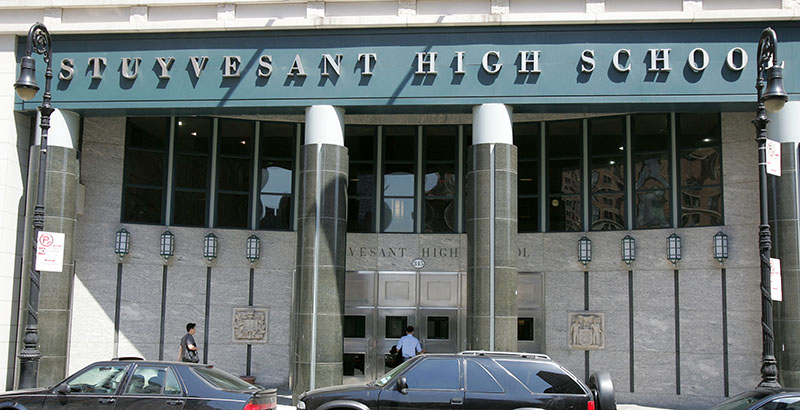
Integration: At a recent event in Manhattan, attorney John Yoo offered a message to New York City’s mayor and schools chancellor that could only be described as cocky: Thank you for providing a case “that’s going to be so easy for us to win.” He was referring to a federal lawsuit filed by Asian-American families claiming the city’s plan to diversify eight elite specialized high schools discriminates against their children. Though the plan is race-neutral on its face, the suit charges the changes were devised with a racial motive: to decrease the percentage of Asian-American students in favor of blacks and Hispanics who have long filled few seats in the highly selective schools. A federal judge shot down the plaintiffs’ motion for a preliminary injunction, but their attorneys may have a bigger venue in mind: the U.S. Supreme Court. (Read the full feature)
Students in Texas Teach for America Classrooms Gain in 8 out of 9 Subjects, New Research Finds
Big Picture: In the first study to examine statewide exam data, a new impact evaluation finds Texas students of Teach for America educators are more likely to pass assessments in eight of nine academic subjects than peers taught by traditionally trained educators. TFA’s positive impact was greatest with black and Latino students, in traditional district-run schools and with English-language learners, according to the report. With the biggest impact coming from TFA alumni, researchers at Southern Methodist University’s Center on Research and Evaluation hope the detailed findings will help the organization create strategies for keeping teachers in high-poverty classrooms past their two-year initial commitment. Beth Hawkins breaks down the top takeaways. (Read the full analysis)
Go deeper: See all our most shared highlights from February, January and beyond.
Get stories like these delivered straight to your inbox. Sign up for The 74 Newsletter

;)